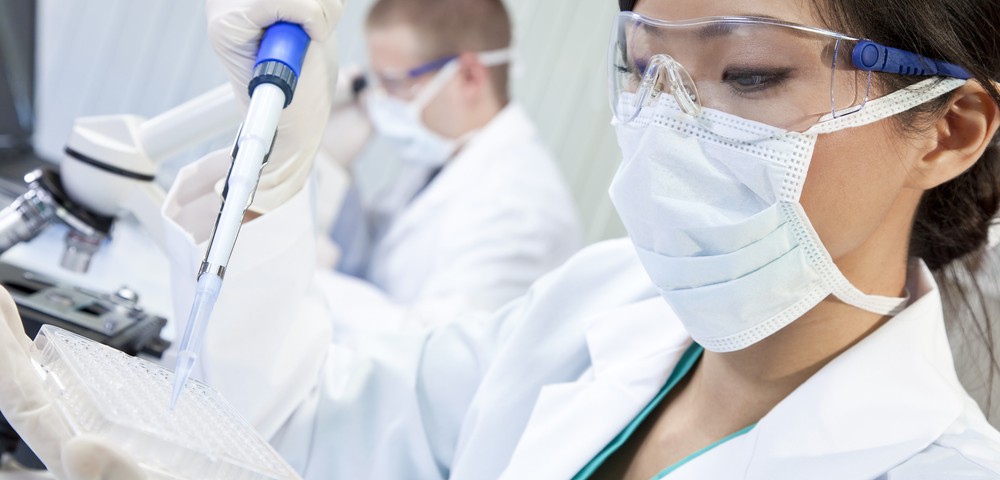Using two sophisticated mathematical tools, researchers were able to identify serum levels in patients with endometriosis with 71% and 50% precision, respectively. The study titled “1H NMR- based metabolomics approaches as non- invasive tools for diagnosis of endometriosis” is published in the International Journal of Reproductive BioMedicine (IJRM).
Endometriosis is defined by the presence and growth of endometrial tissue outside the uterus. Endometriosis affects an estimated 176 million women worldwide, usually between the age of 15-49 years, many of whom remain undiagnosed and are not treated. So far, non-invasive diagnostic approaches such as ultrasound, magnetic resonance imaging, or blood tests do not offer sufficient diagnostic accuracy for endometriosis disease. Lack of a non-invasive diagnostic test contributes to the long delay between onset of symptoms and diagnosis of endometriosis.
Metabolomics profiling is a reliable tool for identifying total metabolites present in different biological systems under a given physiological condition. The artificial neural network (ANNs) with supervised pattern recognition method and the quadratic discriminant analysis (QDA) are sophisticated computational modeling tools that may be able to diagnose the disease with prediction signs in combination with the metabolomics data set.
In this new study, the researchers used ANNs and QDA modeling to identify predictive biomarkers in serum for the early diagnosis of endometriosis in a minimally invasive manner by 1H- NMR based metabolomics.
The prospective cohort study conducted at the Pasteur Institute in Iran included 31 randomized infertile women with endometriosis (stage II and III) aged 22-44 years whose diagnosis was confirmed through diagnostic laparoscopy. The control group consisted of 15 randomized normal women in the same age range. The women in the control group had no pelvic pain, pelvic inflammatory disease, and based on diagnostic laparoscopy, there were no signs of endometriosis.
The results showed that levels of 2- methoxyestron, 2-methoxy estradiol, dehydroepiandrostion androstendione, aldosterone, and deoxy corticosterone were enhanced significantly in infertile group and cholesterol and primary bile acids levels were decreased. Using the modeling tools, the researchers identified differences between two study groups. Positive and negative predict value levels obtained about 71% and 78%, respectively. The ANNs method was found to also provide criteria for detection of endometriosis.
While these findings are still preliminary, they could form the basis for future research and development into new methods for diagnosing endometriosis through non-invasive methods.

